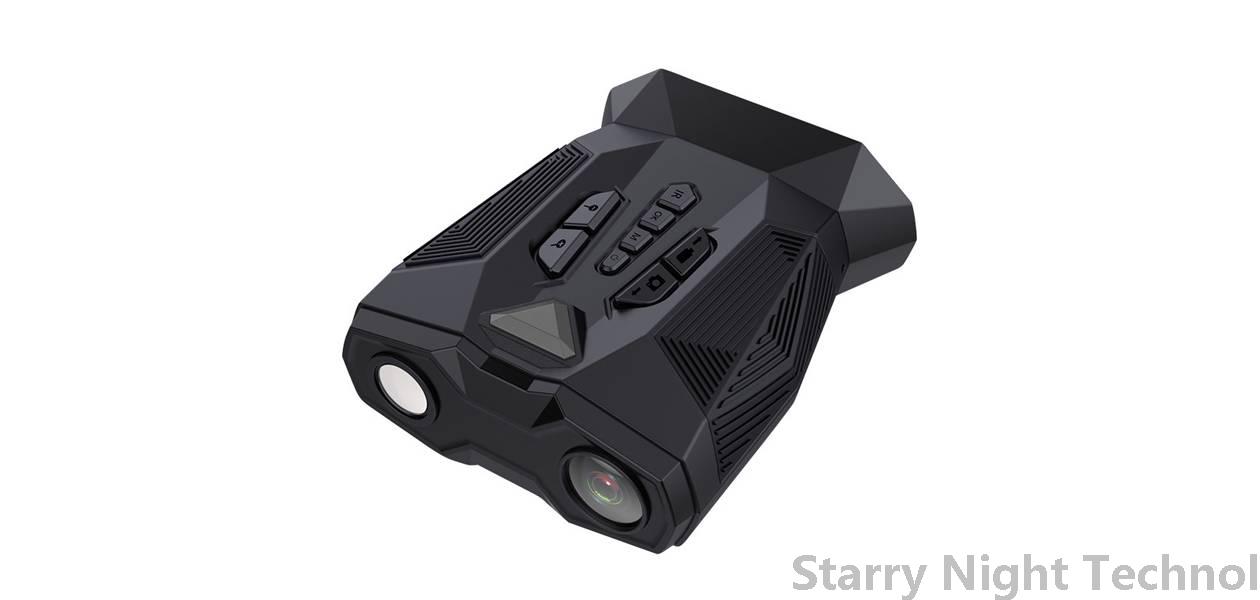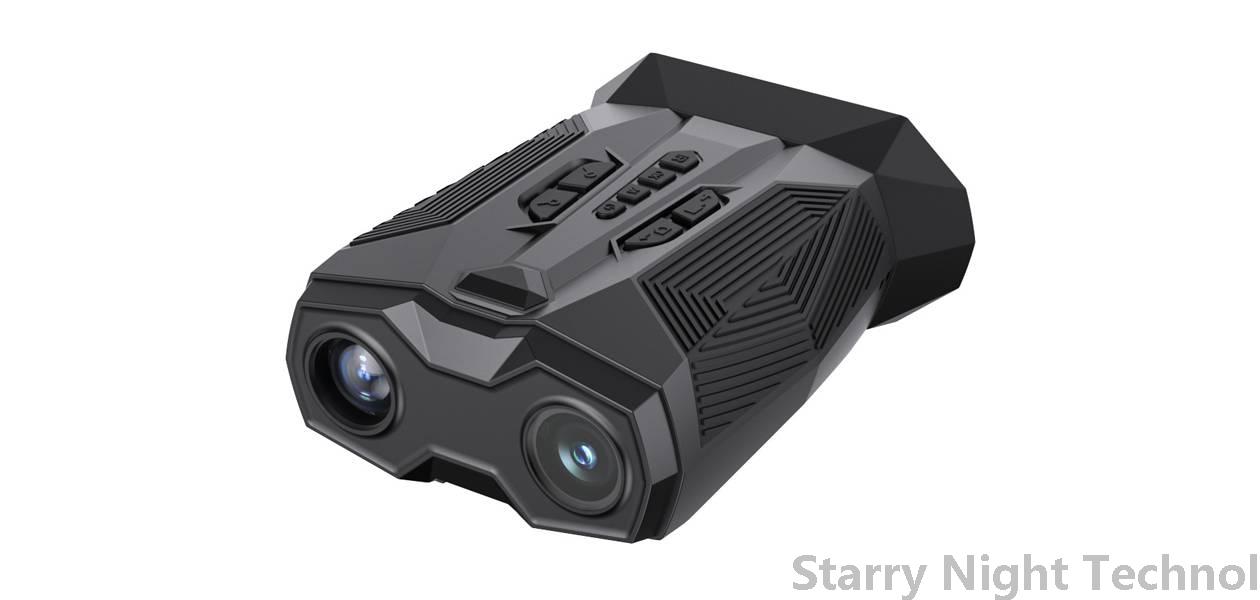Night Vision Devices: The Ultimate Equipment for Military, Medical, and Beyond
1729216823000

In a world that operates around the clock, the ability to see in darkness is not just a luxury; it is a necessity. Night vision devices (NVDs) have transcended their initial military applications to find utility in various fields, ranging from medical to wildlife observation. This article explores the technology behind night vision, its diverse applications, and its future prospects.
#### Understanding Night Vision Technology
Night vision technology primarily involves two methods: image intensification and thermal imaging.
1. **Image Intensification:** This method amplifies existing light, including the near-infrared spectrum, to produce a visible image. The core components include a lens system that collects ambient light and a photocathode tube that converts it into electrons. These electrons are then amplified and projected onto a phosphor screen, creating a brightened image for the user. This technology is commonly categorized into generations, with Generation 1 devices being basic and Generation 3 devices offering superior performance with advanced features like automatic gain control.
2. **Thermal Imaging:** Unlike image intensification, thermal imaging detects and visualizes heat rather than light, allowing users to see in total darkness and even through obstacles like smoke and fog. It employs a sensor that captures infrared radiation emitted by all objects and converts it into a thermal image, displaying varying temperatures in different color gradations. This technology has become increasingly popular because of its ability to operate in diverse environments.
#### Military Applications
Historically, night vision devices were developed for military uses. The U.S. military was among the first to leverage this technology during the Vietnam War, gaining a significant strategic advantage. Today, night vision goggles (NVGs), scopes, and binoculars are integral to combat operations, enabling soldiers to conduct reconnaissance, navigate challenging terrains, and engage targets without revealing their position.
The military's adaptation of night vision technology has not only improved offensive capabilities but also enhanced defensive operations, enabling troops to detect potential threats at night. It has further evolved with mounting solutions to enhance weapon systems, allowing soldiers to aim accurately under low visibility conditions.
#### Medical Applications
Apart from military use, night vision devices have found a niche within the medical field, significantly enhancing surgical procedures and emergency response scenarios. Surgeons and medical professionals often utilize low-light capabilities to minimize disruption and enhance focus during critical operations.
Additionally, emergency responders, such as paramedics in search and rescue operations, utilize night vision technology to navigate disaster-stricken areas or extensive wilderness at night. These devices can unveil heat signatures from trapped victims, serving as a vital tool in time-sensitive rescue missions.
 Night vision devices are not limited to human applications. Ecologists and wildlife researchers use them to observe nocturnal animals, studying their behavior and habitats without disrupting their natural environment. This technology allows scientists to document animal migrations, mating rituals, and dietary habits, leading to deeper insights into ecosystem dynamics.
Night vision devices are not limited to human applications. Ecologists and wildlife researchers use them to observe nocturnal animals, studying their behavior and habitats without disrupting their natural environment. This technology allows scientists to document animal migrations, mating rituals, and dietary habits, leading to deeper insights into ecosystem dynamics.In conservation, night vision plays a crucial role in monitoring and protecting endangered species against poaching. Anti-poaching teams employ NVDs to patrol reserves, identifying suspicious movements and responding quickly to potential threats against wildlife.
#### Law Enforcement and Security
In law enforcement, night vision devices have revolutionized operations, aiding in surveillance, arrests, and traffic enforcement. Police units equipped with NVGs can patrol neighborhoods safely and efficiently after dark. This capability is critical in preventing crime and ensuring community safety.
Private security firms are also investing in night vision technology to protect properties and assets. Real-time monitoring through thermal cameras enhances surveillance while reducing the risk of unauthorized activities.
#### The Future of Night Vision Technology
Technological advancements continue to drive innovation in night vision devices, making them more accessible and effective across various fields. Miniaturization has led to the development of compact devices with high-performance capabilities, making them easy to use and transport.
The integration of Artificial Intelligence (AI) is another burgeoning trend. AI-powered night vision systems can actively analyze data, enabling real-time threat detection and automated target recognition. This integration enhances situational awareness and minimizes response times in critical scenarios.
Additionally, augmented reality (AR) is being explored in conjunction with night vision technologies. With AR, users could see vital data overlaid on their field of view, making decision-making processes more informed and immediate.
#### Conclusion
Night vision devices have revolutionized the way we see the world in the dark, expanding beyond their military origins to find applications across healthcare, wildlife conservation, law enforcement, and more. As technologies evolve and merge with AI and AR, the future of night vision promises to be more advanced and integrated, opening a multitude of opportunities for industries that depend on visibility in darkness. Night vision devices, once solely for soldiers, have become an essential part of our toolkit, enhancing our capabilities in a variety of critical fields.
Night vision device cleaning productsStarry Night Technol

